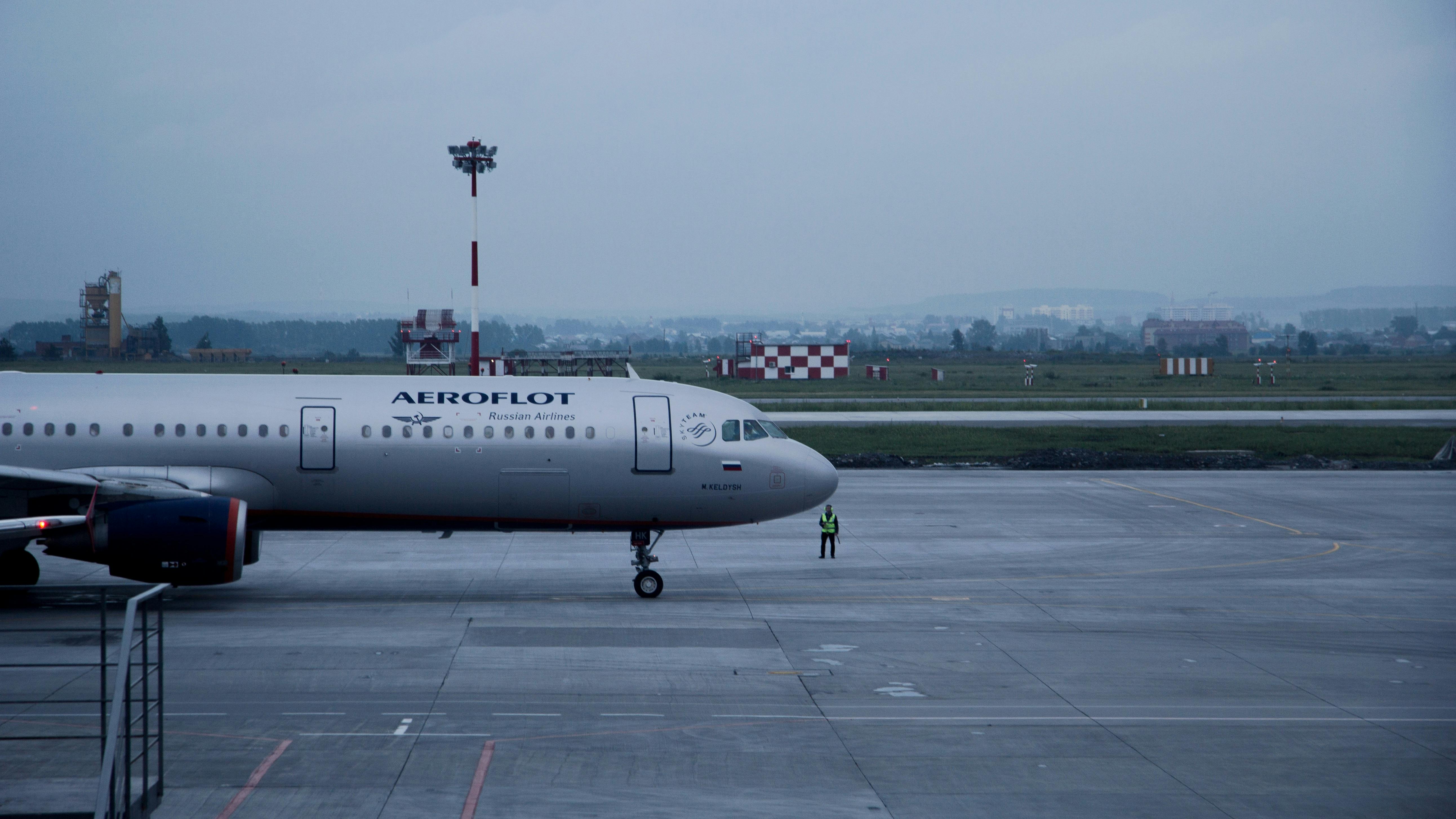“Boeing’s Crewed Starliner Space Capsule Launch Delay: A Series of Setbacks and Challenges”

Introduction
The launch of Boeing’s crewed Starliner space capsule has once again faced a delay, adding to a series of setbacks and challenges for the spacecraft. The highly anticipated launch, scheduled to be the first time the commercially built capsule carries humans, was called off just minutes before liftoff. This blog post will delve into the recent setbacks and challenges faced by Boeing’s Starliner, shedding light on the complexities of space exploration.
A Computer Issue and a Broken Urine Recycling System
The recent launch delay was attributed to a computer issue that arose just moments before liftoff. The Starliner spacecraft requires precise timing to catch up with the International Space Station, making it imperative for the mission to be rescheduled. As a result, the launch attempt was aborted, leaving the aerospace industry eagerly awaiting a new launch date announcement from NASA.
Adding to the complications, the astronauts’ luggage was also left behind due to a broken urine recycling system on the space station. While this may seem like a minor setback, it highlights the intricacies of ensuring the proper functioning of all systems involved in space travel.
Stuck Valve and Rescheduling
Prior to the recent delay, Boeing’s first crewed Starliner space capsule launch had already been rescheduled due to a stuck valve on the spacecraft’s rocket. Originally set to take place from Florida, the launch has now been pushed back to no later than May 17. The Starliner is designed to carry a seven-person crew, and this test flight was intended to have NASA astronauts Barry Wilmore and Sunita Williams on board.
This delay represents another hurdle for Boeing’s Starliner program, which has experienced previous setbacks and delays compared to SpaceX’s Crew Dragon. In 2019, the capsule’s first test launch failed due to a software error. Subsequent issues with the parachute system and flammable adhesive tape further impeded the crewed launch. Despite these challenges, Boeing expressed confidence and readiness for the upcoming test flight during a recent press conference.
Last-Minute Valve Issue
Unfortunately, NASA and Boeing were once again forced to postpone the launch of the crewed Starliner space capsule due to a last-minute issue with a valve on the spacecraft’s rocket. The anomaly was detected on a valve located on the Atlas V rocket, which the Starliner capsule was set to ride into orbit. The launch was called off two hours before liftoff, and a second launch attempt is now planned for Friday.
This delay poses another setback for Boeing, which has already encountered years of delays and budget overruns with its Starliner program. The crewed Starliner flight serves as a crucial test before NASA can authorize routine flights to and from the International Space Station.
Scrubbed Launch and Data Analysis
In yet another instance of delay, the launch of Boeing’s crewed Starliner space capsule was scrubbed due to trouble with a valve in the rocket’s upper stage. The Atlas 5 rocket, carrying astronauts for the first time, was scheduled to boost the Starliner into orbit for its inaugural piloted test flight. However, just two hours before takeoff, mission managers made the difficult decision to abort the launch.
The delay will provide an opportunity for data analysis on the pressure regulation valve. If it is determined that the valve needs replacement, the launch could face further delays, potentially until Sunday or later next week. Engineers identified a rapid opening and closing of the valve, resulting in a discernible humming sound at the launch pad. While engineers have devised a workaround for this issue, it cannot be implemented when crew members are present, emphasizing the meticulousness required in space exploration.
Closing
The recent delays and setbacks faced by Boeing’s crewed Starliner space capsule highlight the immense challenges involved in space exploration and the importance of rigorous testing and troubleshooting. As the aerospace industry continues to push boundaries, these setbacks serve as valuable learning experiences for improving future space missions. Despite the delays, both Boeing and NASA remain dedicated to ensuring the safety and success of crewed missions to and from the International Space Station.
